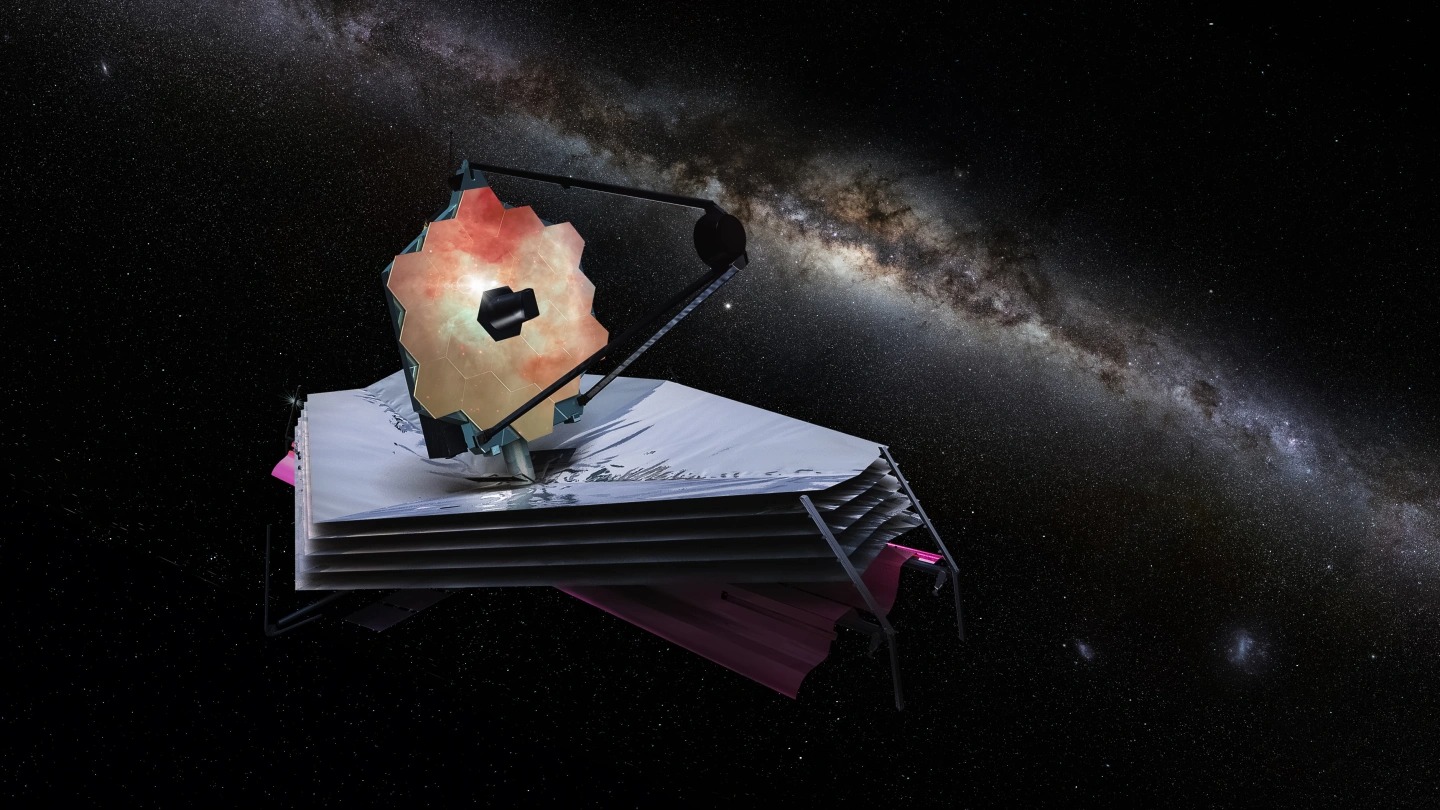The James Webb Space Telescope has discovered the first known galaxy in which star formation suddenly stopped. In a galaxy called GS-9209, star formation stopped more than 12.5 billion years ago. This is only a little over a billion years after the Big Bang. The finding shows that at least some galaxies faded out when the Universe was still young. Therefore, the existence of GS-9209 discovers new details of astronomy about how galaxies live and die. The discovery is reported by researchers from the University of Amherst on arXiv.org.

GS-9209 was first seen back in the early 2000s. In the last few years, observations using ground-based telescopes have identified it as a possible extinct galaxy based on the wavelengths of light emitted by it. But the Earth’s atmosphere absorbs waves of infrared radiation, so it was impossible to know for sure about the stopping of star formation in it.
Therefore, astrophysicist Adam Carnall and his colleagues from Amherst University have scheduled time for observations using the James Webb Telescope (JWST), because this space observatory is very sensitive to infrared light. Using JWST observations, Carnall and his colleagues found that GS-9209 formed most of its stars within 200 million years. During this cosmically short time, stars weighing about 40 billion solar masses were formed in the galaxy – about the same as the Milky Way weighs.
Refutation of monolithic collapse
The rapid process of star formation indicated that GS-9209 was formed from a huge cloud of gas and dust. Previously, astronomers believed that this method of galaxy formation, called monolithic collapse, was the main way most galaxies were born. But this idea lost popularity, it was replaced by the hypothesis that large galaxies were formed as a result of the slow merger of many smaller ones, which in turn formed from large clouds of dust and gas.
“We have probably discovered the clearest evidence that such galaxy evolution actually occurs in the Universe,” explained Adam Carnall.
More observations with future telescopes, such as the planned Extremely Large Telescope in Chile, may help to find out more details about how the galaxy is destroyed.
Earlier we reported on how the glow of the greatest galaxy in the Universe was caught by “dead” telescopes.
Follow us on Twitter to get the most interesting space news in time
https://twitter.com/ust_magazine

